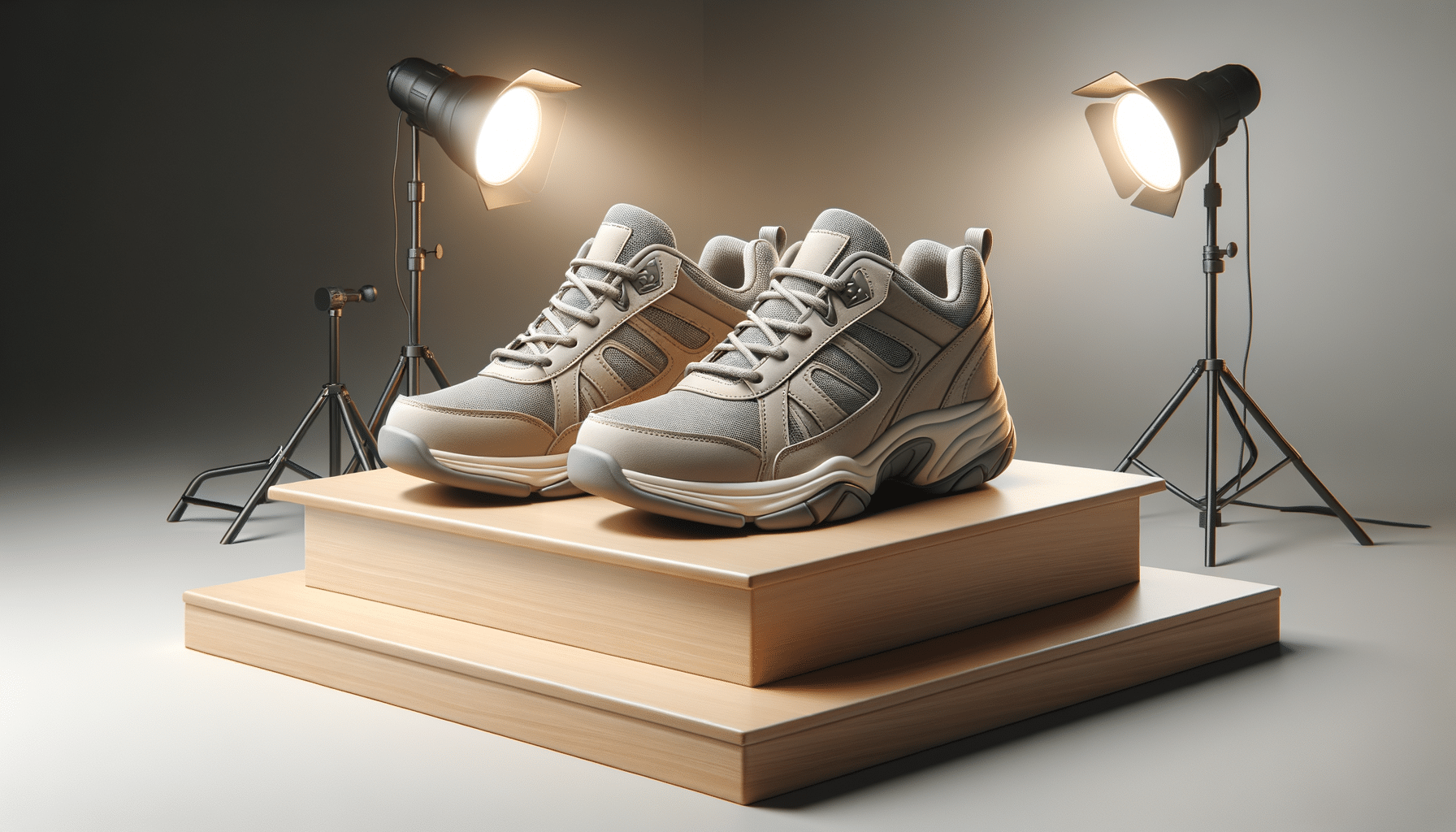
Step Into Comfort: Supportive Footwear for an Active Lifestyle
The Importance of Supportive Footwear
In today’s fast-paced world, maintaining an active lifestyle is more important than ever. Whether you’re an avid runner, a weekend hiker, or someone who enjoys a brisk walk in the park, the footwear you choose plays a crucial role in your overall health and performance. Supportive footwear is not just about comfort; it’s about providing the necessary foundation to prevent injuries and enhance your activity level. The right shoes can help align your feet, improve posture, and reduce the risk of common foot problems such as plantar fasciitis and shin splints.
Supportive shoes are designed to provide stability and cushioning, which are essential in absorbing impact and reducing stress on your joints. According to a study published in the Journal of Foot and Ankle Research, wearing the correct footwear can significantly reduce the incidence of musculoskeletal injuries. This is particularly important for individuals who engage in high-impact activities like running or jumping. Moreover, supportive footwear can also alleviate discomfort for those who stand for long periods, such as healthcare workers or teachers.
Choosing supportive footwear is not a one-size-fits-all solution. Factors such as foot type, activity level, and personal preferences must be considered. For instance, individuals with flat feet may require shoes with more arch support, while those with high arches might benefit from extra cushioning. By understanding the importance of supportive footwear, you can make informed choices that contribute to long-term health and well-being.
Key Features of Supportive Footwear
When selecting supportive footwear, it’s essential to look for specific features that cater to your individual needs. Here are some key elements to consider:
- Arch Support: Proper arch support helps distribute pressure evenly across your feet, reducing strain on your arches. This is particularly beneficial for individuals with flat feet or high arches.
- Cushioning: Adequate cushioning provides shock absorption, which is vital for high-impact activities. It helps protect your joints and reduces the risk of injuries.
- Heel Support: A firm heel counter offers stability and prevents excessive movement, which can lead to blisters and other foot problems.
- Breathability: Materials that allow air circulation keep your feet cool and dry, reducing the risk of fungal infections and discomfort.
- Durability: High-quality materials ensure that your footwear can withstand regular use without wearing out quickly.
In addition to these features, it’s important to consider the fit of the shoe. A well-fitted shoe should have enough room in the toe box to wiggle your toes, while the heel should be snug to prevent slipping. Trying on shoes at the end of the day, when your feet are slightly swollen, can also help ensure a comfortable fit.
By focusing on these key features, you can find footwear that not only supports your active lifestyle but also enhances your overall comfort and performance.
Choosing the Right Footwear for Different Activities
Different activities place varying demands on your feet, which is why selecting the right footwear for each activity is crucial. Let’s explore some common activities and the footwear that supports them effectively:
- Running: Running shoes should offer ample cushioning and support to absorb the impact of each stride. Look for shoes with a flexible sole and a snug fit to prevent blisters and enhance performance.
- Hiking: Hiking boots should provide ankle support and a sturdy sole for traction on uneven terrain. Waterproof materials are also beneficial for keeping your feet dry in wet conditions.
- Walking: Walking shoes should be lightweight with good arch support and cushioning. A flexible sole allows for a natural gait, reducing fatigue during long walks.
- Gym Workouts: Cross-training shoes are versatile and provide stability for lateral movements. They often have a flat sole to enhance balance during weightlifting.
It’s important to remember that even within these categories, personal preferences and foot types can influence your choice. For instance, trail runners might prefer a shoe with more aggressive tread patterns, while urban runners might opt for a smoother sole. Taking the time to try on different styles and brands can help you find the perfect fit for your specific needs.
Ultimately, investing in the right footwear for your activities not only enhances your performance but also protects your feet from potential injuries. By understanding the demands of your chosen activities, you can make informed decisions that support your active lifestyle.


